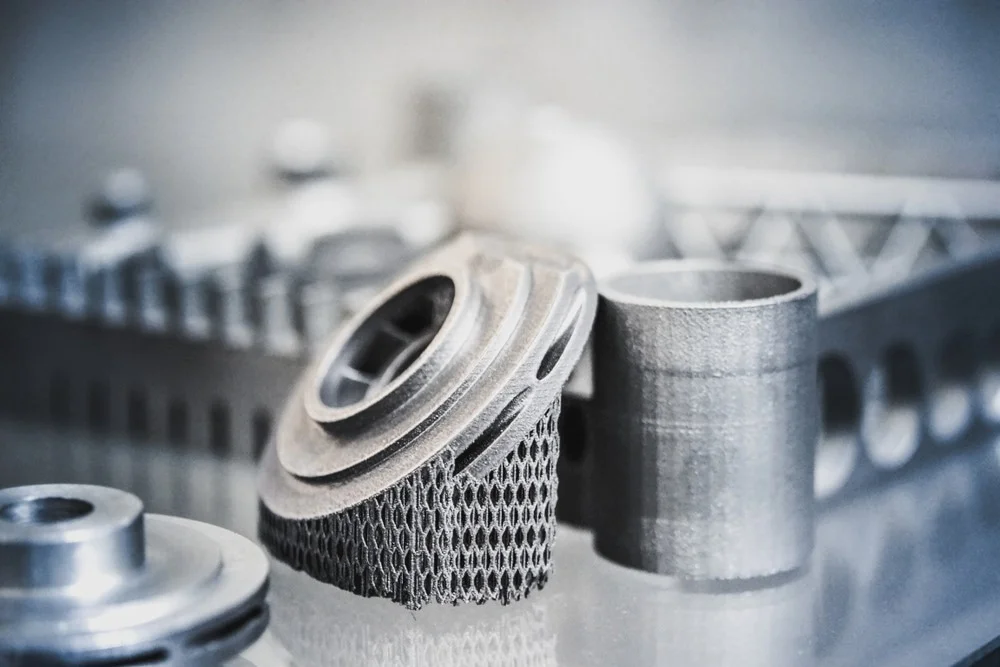ASTM E1019 Determination of C, S, N, O in High Temp Alloys
The ASTM E1019 standard specifies a method to determine carbon (C), sulfur (S), nitrogen (N), and oxygen (O) content in high-temperature alloys. This is critical for quality assurance and compliance in sectors where materials are exposed to extreme conditions, such as aerospace, power generation, and petrochemical industries.
High-temperature alloys are used in environments where temperatures can exceed 500°C (932°F), making them susceptible to oxidation, nitriding, and carburization. Understanding the precise elemental composition of these materials is essential for optimizing performance and ensuring safety. The ASTM E1019 technique allows laboratories to measure trace levels of these elements accurately, enabling manufacturers to control material quality during production.
The testing process involves several steps: sample preparation, analysis using an instrument such as a gas phase analyzer or inductively coupled plasma (ICP) spectrometer, and subsequent data interpretation. The standard provides detailed instructions on how to prepare specimens for analysis, ensuring that the results are reliable and reproducible.
One of the key challenges in this type of testing is the presence of other elements within the alloy matrix, which can interfere with the detection of the target analytes. ASTM E1019 addresses this by specifying rigorous sample preparation techniques to minimize these interferences. The method also accounts for potential issues related to matrix effects and ensures that the results are accurate even when dealing with complex compositions.
The accuracy and precision of the ASTM E1019 technique have been validated through numerous studies, demonstrating its reliability across a wide range of high-temperature alloys. This makes it an indispensable tool for industries reliant on materials with stringent quality specifications.
- Customer Impact and Satisfaction: By providing accurate elemental analysis, the ASTM E1019 method helps customers ensure compliance with international standards like ISO 9001:2015. This enhances product reliability and customer trust.
- International Acceptance and Recognition: The technique is widely accepted in countries that adhere to ASTM standards, including the United States, Canada, Europe, and parts of Asia. Its global recognition ensures seamless communication between international partners and suppliers.
The importance of ASTM E1019 cannot be overstated for industries dealing with high-temperature applications. By adhering to this standard, manufacturers can produce materials that are not only robust but also compliant with stringent quality control measures. This, in turn, leads to safer products and a more competitive market position.
Eurolab Advantages
At Eurolab, we pride ourselves on delivering exceptional service and precision in every high-temperature alloy analysis. Our commitment to quality is reflected in our state-of-the-art facilities equipped with the latest instrumentation for ASTM E1019 testing.
- Precision Instruments: We use high-resolution gas phase analyzers and ICP spectrometers that ensure accurate detection of trace elements like C, S, N, and O.
- Experienced Technicians: Our team is trained in the latest ASTM E1019 methods, ensuring consistent results across all samples.
- Comprehensive Reporting: We provide detailed reports that include raw data, calculated concentrations, and any relevant notes on potential interferences or issues encountered during analysis.
In addition to our technical expertise, Eurolab offers a range of value-added services tailored to the needs of our customers. These may include custom sample preparation, consultation on material selection, and integration into broader quality assurance programs.
Our clients benefit from faster turnaround times, lower costs, and greater accuracy in their ASTM E1019 testing results. By choosing Eurolab, companies can focus on innovation and growth while leaving the technical details to our experienced team of professionals.





